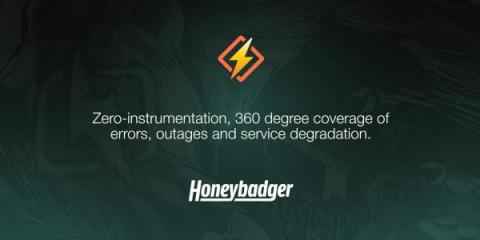Shipping Rails logs with Kamal and Vector
The ability to record and see everything happening across your web applications is essential when building resilient and highly available systems. All of your events—from application logs to errors to user behavior—contain data that could be useful to you and your team. When you have a central place to access all this information, finding issues and their root causes becomes easier because you have the data at your fingertips.


